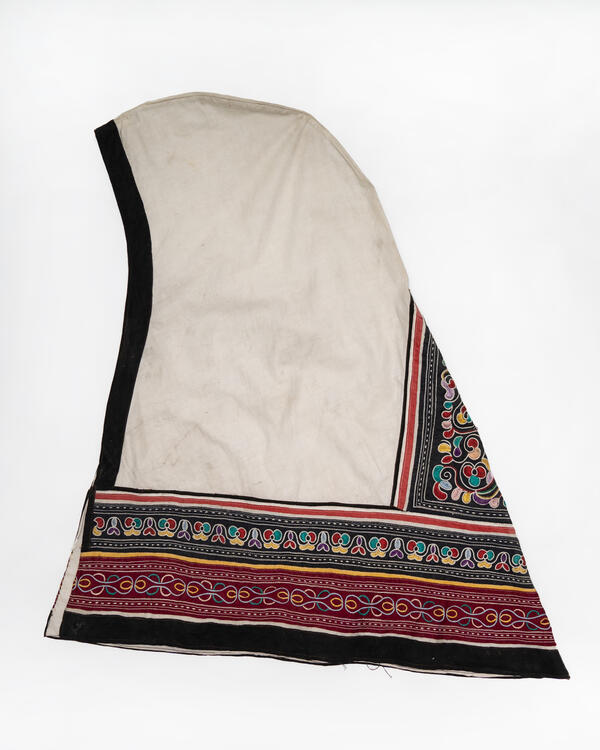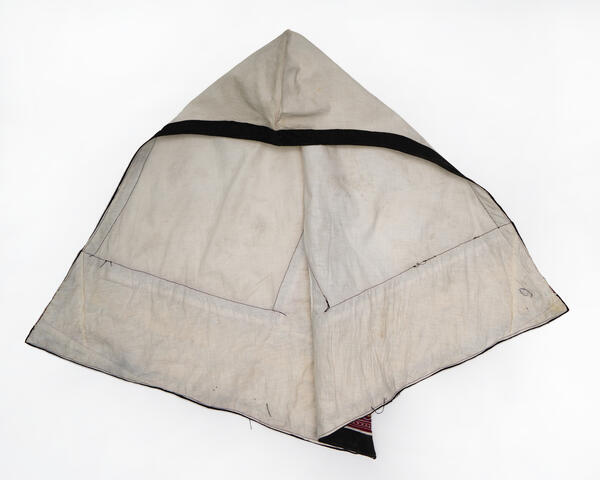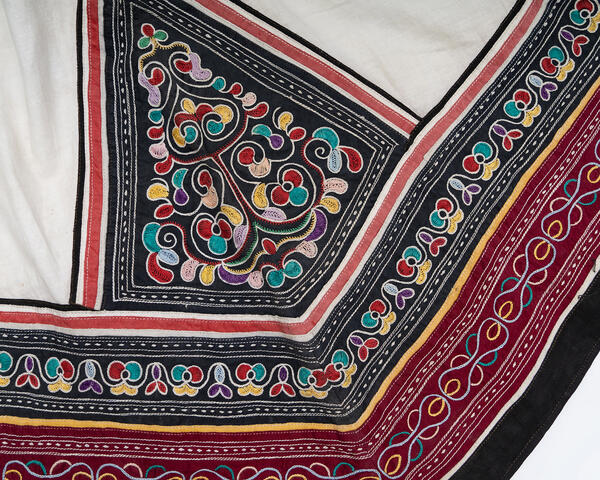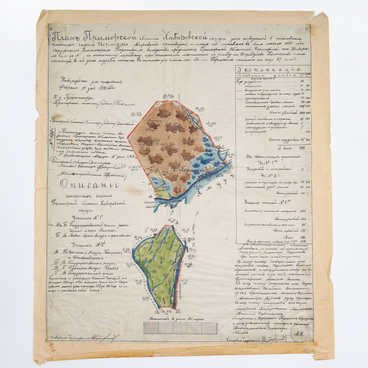The specific conditions in which hunting and fishing took place were of great importance for the life of the Nanai people, an indigenous people of the Russian Far East. They left a significant imprint on the character of the costume. Throughout the centuries-old Nanai history, a special type of clothing was developed that retained heat, did not restrict movement and was resistant to humidity.
A robe made of fish skin or well-tanned elk skin is open at the front, right-handed, with a diagonal-cut wrap hem, which was fastened on the side with three buttons. During the pursuit of the prey, a short jacket made of Manchurian wapiti’s hide was worn instead of a robe.
The hunter wore an apron with a rounded bottom side over his clothes. One of the important elements was a combined headdress. First, earmuffs called “siaptun” were put on, then a garmasu hunting cape (also called “garmaso” or “balya”), the ends of which fell on the shoulders and back, covering the neck from snow, in summer they could protect against mosquitoes and midges. A special small korochi cap (also called “korofchi”, “kolopzo”, “porogdan”) was put on top, which was made of the skin from the elk’s forehead, the skin of a dog, and the paws of a roe deer. The cap was decorated with a squirrel, sable or Siberian weasel tail.






